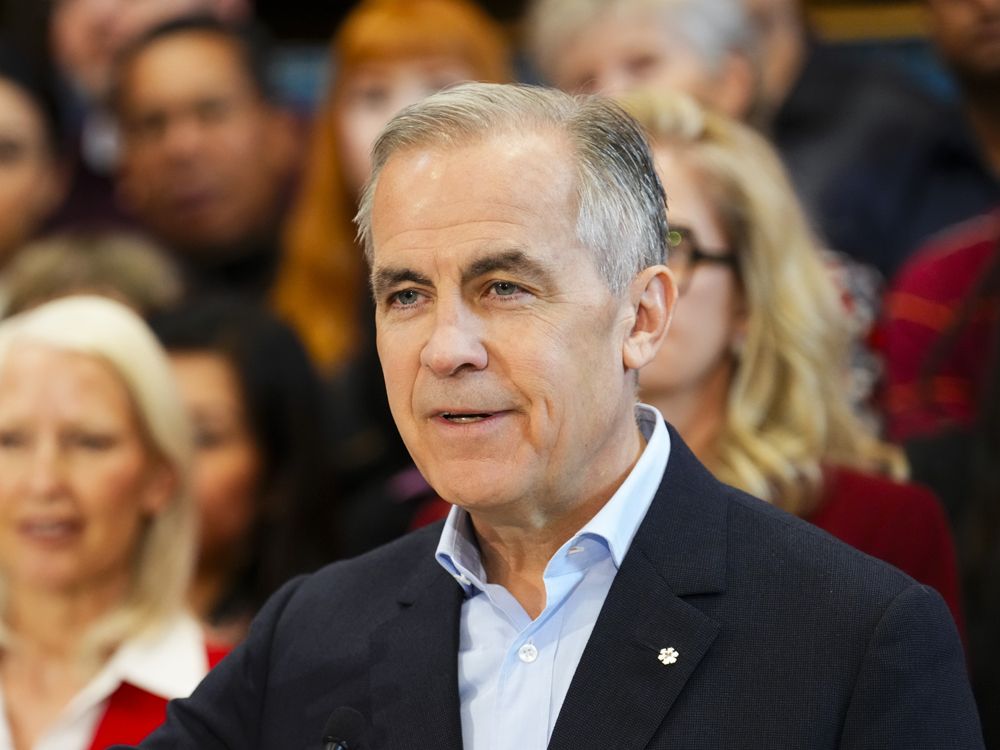‘We have extraordinary low interest rates, because of the extraordinary circumstances of the pandemic, and extraordinary circumstances require extraordinary measures’
Article content
Rock-bottom interest rates that have helped prop up the Canadian economy during the pandemic are also helping fuel frenzied activity in the housing market, putting policymakers and regulators in something of a bind when it comes to what they can — or should — do to address the red-hot sector.
Housing prices have been surging in recent months, driven up by a combination of those record low rates, increased household savings and a desire for more space. And while that may be good for owners, it makes for a growing challenge for buyers, who are taking on larger debt burdens that could be harder to handle if rates rise again.
The situation has led to talk about regulators or policymakers potentially intervening in the housing market, something the Office of the Superintendent of Financial Institutions is now saying it will do.
OSFI on Thursday proposed a new and higher “floor” for the stress test for mortgages not insured against the borrower defaulting, such as those with a down payment of more than 20 per cent. In doing so, the regulator pointed to the possibility of rising rates as something it considered.
Advertisement
This advertisement has not loaded yet, but your article continues below.
Article content
“We feel a responsibility to make sure that the financial system is ready in case we have to return to pre-pandemic financial conditions,” Superintendent Jeremy Rudin told reporters on Thursday. “We have extraordinary low interest rates, because of the extraordinary circumstances of the pandemic, and extraordinary circumstances require extraordinary measures.”
Yet OSFI’s mandate is to watch over banks and other federally regulated financial institutions, not to make homes more affordable, which is where the predicament posed by interest rates again arises. The Department of Finance and the Bank of Canada are two other interested parties in the ongoing housing drama, and whether they get off the sidelines in some fashion remains to be seen.
The Bank of Canada has said it is committed to continuing its buying of federal government bonds — its quantitative easing program, which helps keep borrowing costs low — until the economic recovery is well underway. It has also said it will keep its key interest rate at 0.25 per cent until somewhere in 2023, although it is due to update its economic forecast later this month.
“We have to look at the whole economy,” Bank of Canada Governor Tiff Macklem said in a recent interview with the Financial Post. “The whole economy needs monetary policy support to support the recovery, get people back to work and get inflation back on target.”
Advertisement
This advertisement has not loaded yet, but your article continues below.
Article content
Any increase in borrowing costs could not only have an effect on debt added during the pandemic but on pre-existing obligations as well, which were accrued when interest rates were historically low and were already considerable for many Canadians consumers.
That level of debt means the effectiveness of monetary policy has increased, according to Benjamin Tal, deputy chief economist at CIBC Capital Markets. Furthermore, the increased sensitivity may also keep rates from shooting up too high.
“You don’t need interest rates to go back by four or five per cent in order to slow down this market, because every basis point counts in this environment,” Tal said in an interview. “You raise it by one-and-a-half per cent, you basically double mortgage payments for people.”
Moreover, OSFI’s stress test is for uninsured mortgages only. Rules for insured mortgages are set by the federal finance minister, which include a stress test for those loans. The insured-mortgage stress test that borrowers must pass is either the borrower’s contract rate or the benchmark rate that is used by OSFI as well, which it is now proposing to replace.
Finance Minister Chrystia Freeland has yet to propose a tweak similar to that of OSFI, although she said in a statement that the federal government would continue to monitor housing-market conditions.
“To inform potential steps the government may take, we will closely examine the results of the consultation announced by the Superintendent of Financial Institutions,” Freeland added. “The federal government remains committed to helping all Canadians find an affordable place to call home.”
Advertisement
This advertisement has not loaded yet, but your article continues below.
Article content
Time will also tell how big of a dent OSFI’s stress-test tweak will have on the housing market, if it is enacted.
Boosting the floor for the uninsured-mortgage stress test from its current 4.79 per cent to 5.25 per cent, as OSFI is proposing to do on June 1, would reduce borrower purchasing power by a “modest” amount of about five per cent, National Bank Financial analyst Jaeme Gloyn wrote in a recent note to clients.
“The proposal by the financial regulator OSFI, to raise the qualifying rate for uninsured mortgages, is unlikely to weigh on house prices,” wrote Stephen Brown, senior Canada economist at Capital Economics, in a report on Friday. “But by reducing the share of highly-leveraged borrowers, it should soothe the Bank of Canada’s growing concerns about the negative consequences of low interest rates.”
• Email: gzochodne@postmedia.com | Twitter: geoffzochodne
Advertisement
This advertisement has not loaded yet, but your article continues below.
Low rates leave policymakers with tough choices as pandemic housing boom rages
2021-04-09 22:47:41





